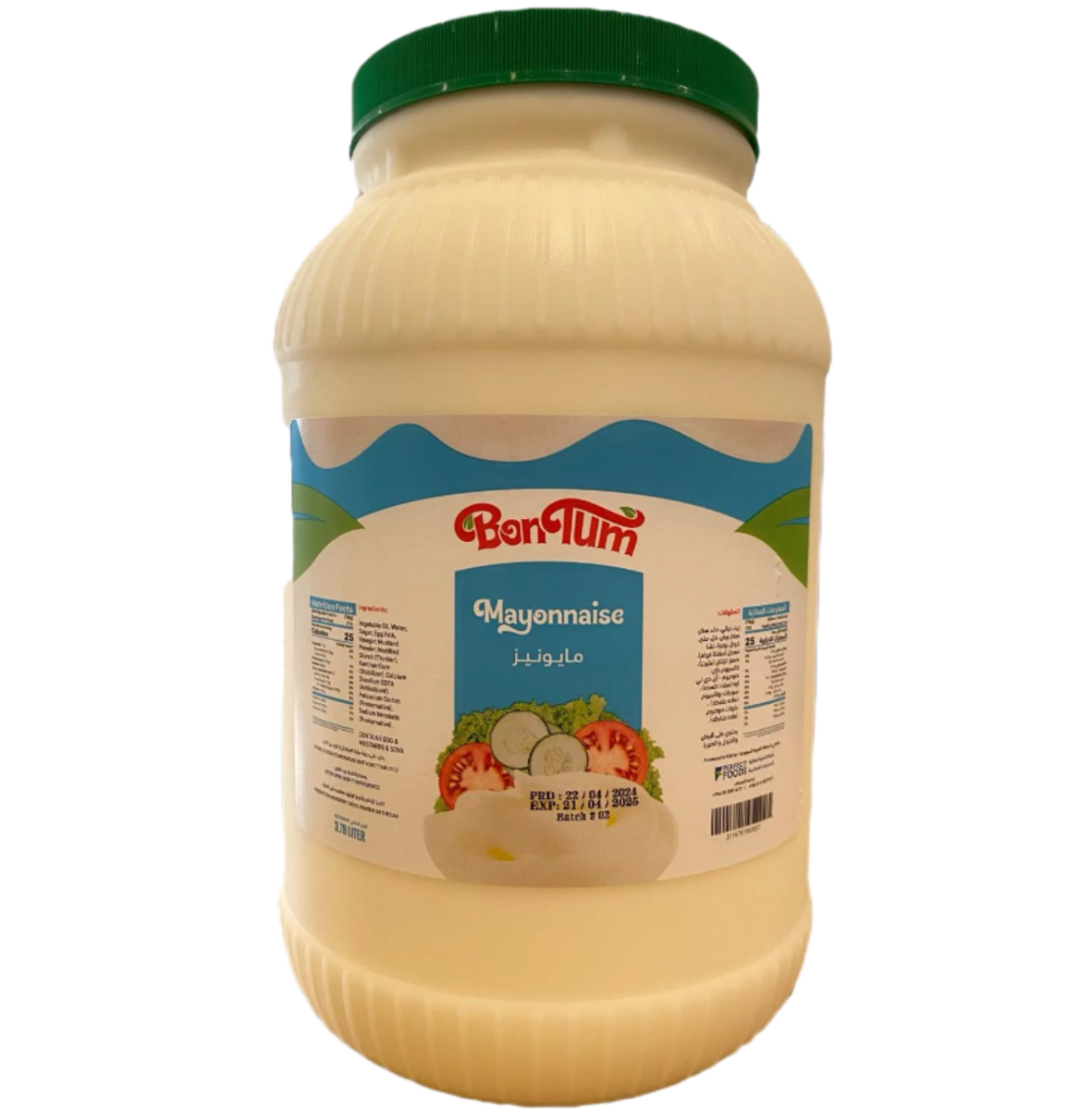In summer 2022, 20 patient-derived L. monocytogenes serotype 4b sequence type 388 strains were found to belong to an outbreak cluster (≤10 different alleles between neighbouring isolates) based on core genome multilocus sequence typing analysis. Geographically, 18 of 20 outbreak cases occurred in northeastern Switzerland. The median age of patients was 77.4 years (range: 58.1–89.7), with both sexes equally affected. Rolling analysis of the interview data revealed smoked trout from a local producer as a suspected infection source, triggering an on-site investigation of the production facility and sampling of the suspected products by the responsible cantonal food inspection team on 15 July 2022. Seven of ten samples tested positive for L. monocytogenes and the respective cantonal authority ordered a ban on production and distribution as well as a product recall. The Federal Food Safety and Veterinary Office released a nationwide public alert covering the smoked fish products concerned. Whole-genome sequencing analysis confirmed the interrelatedness of the L. monocytogenes smoked trout product isolates and the patient-derived isolates. Following the ban on production and distribution and the product recall, reporting of new outbreak-related cases rapidly dropped to zero.
Archives
-
Join 8,934 other subscribers
KSWFoodWorld
Blog Stats
- 379,871 Views
Links



